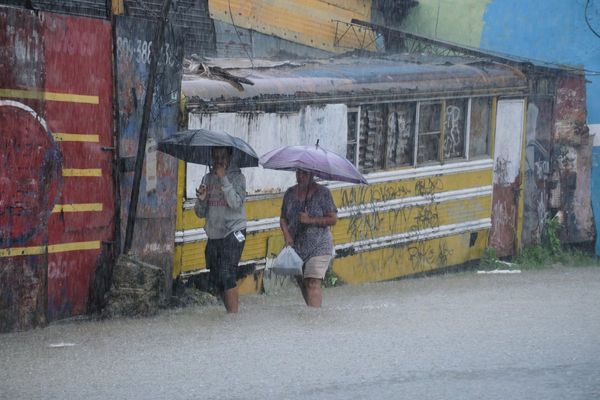
Children’s mental health services in England are overstretched to the point where young people in some areas are waiting up to two years for treatment. A recent survey of GPs by the charity stem4 found that half said most of their referrals of young people for conditions including anxiety and depression are rejected. One child and adolescent mental health service (Camhs) refused to take on a boy found with a ligature in his room because the fact that he had no marks on his neck meant that he did not meet the threshold for treatment. Figures obtained via a freedom of information request show average waiting times for autism referrals of a year-and-a-half at Coventry and Warwickshire NHS trust, with one child kept waiting for five years.
Perhaps the range of mental health conditions, and the fact that so many people experience symptoms or episodes over their lifetimes, help to explain how these services have been allowed to deteriorate to the point that they have done without a louder public outcry – or closer scrutiny of what is going on. Attention to healthcare has understandably been focused principally on hospitals and Covid over the past two years. The NHS across the UK is understood to be facing an unprecedented crisis of unmeetable demand.
But a decade after a Conservative-led government made the promise that mental illness would have “parity of esteem” with physical illness, it is hugely dismaying that nothing seems further from the truth. “It is so appalling in our area it may as well not exist” was one GP’s description of a Yorkshire Camhs. Mental illness should be treated in people of all ages. But children waiting such long periods should concern us particularly, given the emotional and educational significance of childhood.
The impact of domestic violence and parental mental illness remain the most frequent reasons for children being referred to councils’ specialist services. The danger now is that rising poverty levels, as energy and other prices rise while benefits have been cut, will only exacerbate such needs. Already, government statistics show a 25% increase in the number of young people with a mental health need – from 61,830 in 2019 to 77,390 last year.
Cuts imposed under austerity led to reductions in the number of highly skilled staff. While funding has since increased, the early intervention and community programmes that were removed have not been adequately replaced. Camhs staff report that nearly all their time is spent on identifying problems and managing risks – and almost none on delivering the treatments for which they were trained. Huge regional variations in spending are the result of the different priority accorded to young people’s mental health by clinical commissioning groups, whose decision-making is often opaque. Short-term initiatives too often take the place of sustained investment, including in staff.
The narrative of Covid’s impact on children is unfinished, and in parts contradictory. There is no doubt that damage has been caused, with widespread reports of anxiety and developmental difficulties. But deciding at what point a child’s unhappiness should be classed as a problem requiring professional help is not always straightforward. And there are multiple other factors, with rising concerns around the impact of social media use, particularly on teenage girls with their susceptibility to eating disorders, predating the pandemic. Young refugees, including those arriving from Ukraine, are another group needing support.
Mental illness remains a complex and contested area. Social determinants affect all aspects of our health, but the impact on mental health of poor housing and low incomes is clear. Strengthened children’s services and ringfenced funding should form part of the forthcoming mental health strategy. New protections in the online safety bill should be introduced as quickly as possible. But as long as the government rejects policies that would lift millions of families out of poverty, it is hard to see the outlook for the most vulnerable young people improving.







